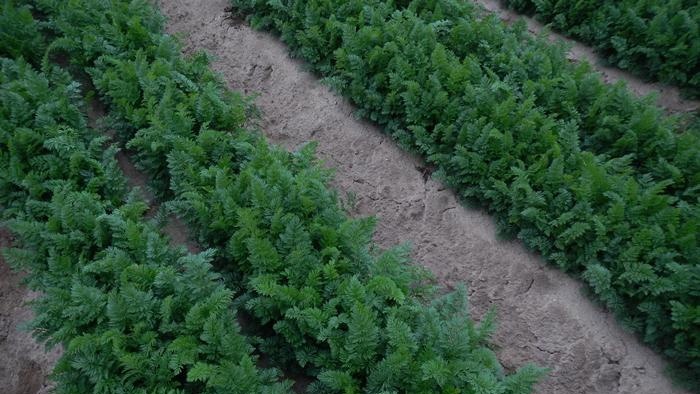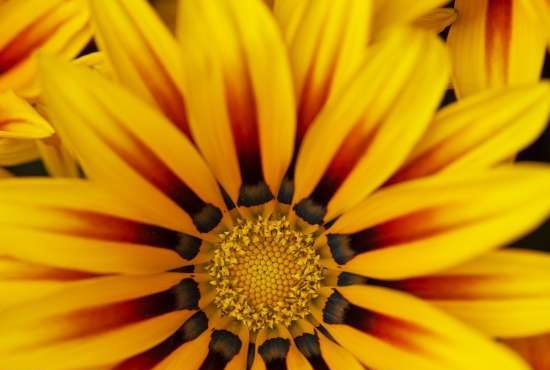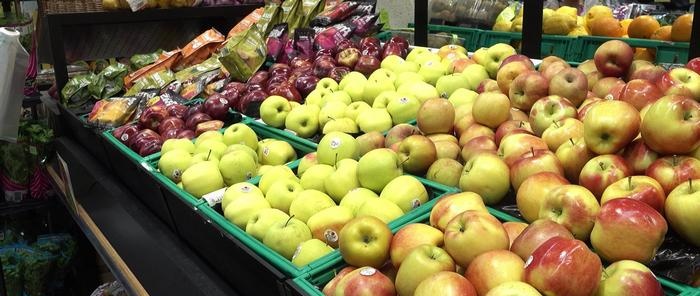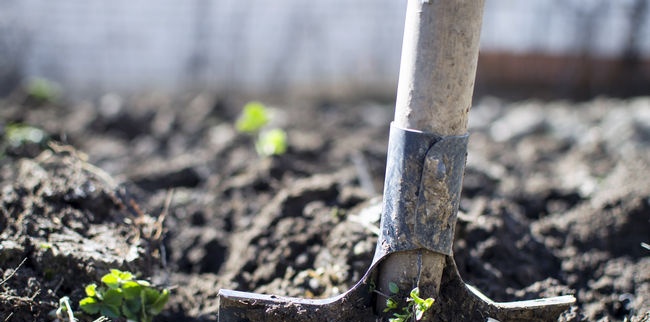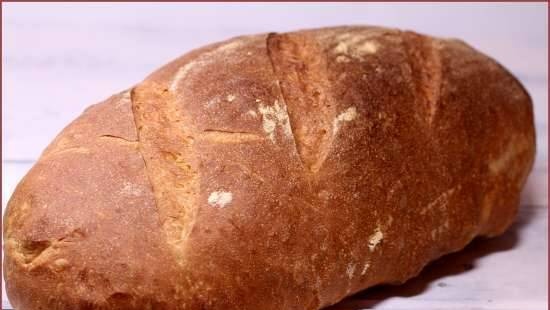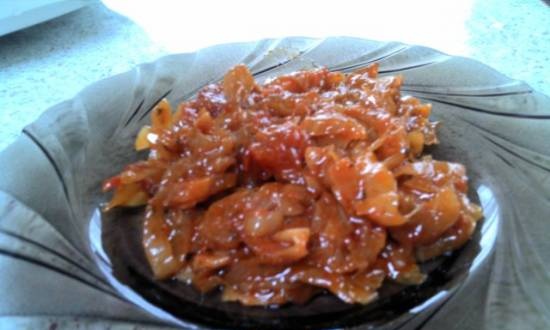What to do in the garden and vegetable garden in August |
|
Throughout the month, strawberries are loosened, fertilized and watered, intended to obtain planting material. Cut off the "mustache" strawberriesif they are not needed as planting material.
Strawberries are planted 3-4 weeks after digging. The recommended distance between rows is 60–70 cm, and between plants 20–25 cm, depending on the vigor of the varieties. Supports are installed under fruit plants. Remove wild growth from the vaccinated. Fold back and twist annual shoots of young fruit plants in order to form a crown.
Trunk circles and stripes are weeded. Raspberry-bearing shoots and weak annual offspring are cut out, which is necessary for better illumination and, accordingly, photosynthesis of annual shoots left for fruiting. Leave 5-6 annual shoots per 1 running meter.
They examine the catching belts on the apple tree and destroy the caterpillars and pupae of the apple moth that accumulate there. When aphids appear on young plants, they are sprayed with karbofos (75 g per 10 l of water). After picking currant berries and gooseberry when powdery mildew appears, they are treated with appropriate preparations (see June works). When columnar rust appears on the currants (accumulation of spores on the lower part of the leaf in the form of orange spots) or anthracnose, it is sprayed with 1% Bordeaux liquid.
Raspberry plants affected by purple spot and anthracnose are sprayed with 10% Bordeaux liquid.
Usually tomatoes are watered in the evening: on light soils once, and on heavy soils - twice a week. The soil is loosened to a depth of 10-15 cm without damaging the roots. At the same time, the bushes are spud. Large ones have to be tied to stakes several times over the summer, and freely, without tightening the twine.
Which gardener will give up onion stocks and garlic? You can't do without these vegetables in the kitchen. That is why you need to be able not only to grow onions and garlic, but also to properly preserve them. For a long time, they are stored only when they are ripe in the garden. Early wiped out onion does not have time to acquire strong covering scales, its neck remains thick and open, easily allowing infection, such as the causative agent of cervical rot. It is also impossible to overexpose the onion in the garden. Late harvesting leads to peeling and falling off of dry scales, and repeated regrowth of roots is also observed. In short, late harvested onions do not store well. The signal for harvesting is lodging of drying leaves. In dry weather, the dug out onions are dried in the beds for a week, in wet weather - under a canopy. Before putting it into storage, the tops are rubbed off. Then they start sorting: bulbs with thick necks - for consumption in the near future; with matured scales and dense necks, they are laid for future use.
In August, it's time to harvest the roots. When digging up, try not to damage them, because the wounds of carrots, beets, and radishes do not heal well. Damaged specimens are not able to be stored for a long time, they are the first to fall ill in the bin. The soil is shaken off the dug root crop and the tops are immediately cut off (petioles up to 2 cm are left on the carrots). Uncut tops draws juices out of root crops, making them lose their firmness.
A.F. Konokhov |
| Slippers (Cypripedium) | Valerian |
|---|
New recipes
 The temperature of the month drops to 16 ° C, the days are getting shorter. Summer ends in August. At the end of the month, a massive departure of birds begins - swallows, cranes and others. Harvest berries: black currant, raspberry, late varieties of cherries. Summer apples and pears ripen. In some places, the leaves on the trees fade.
The temperature of the month drops to 16 ° C, the days are getting shorter. Summer ends in August. At the end of the month, a massive departure of birds begins - swallows, cranes and others. Harvest berries: black currant, raspberry, late varieties of cherries. Summer apples and pears ripen. In some places, the leaves on the trees fade. Plantations 4-5 years old are eliminated (if this work was not done in July), new ones are laid, before planting they dig up the soil and at the same time apply organic fertilizers per 1 m2 - 6-10 kg, superphosphate - 30-40 g, potash fertilizers - 15-20, lime - 300-500 g, depending on the acidity of the soil.
Plantations 4-5 years old are eliminated (if this work was not done in July), new ones are laid, before planting they dig up the soil and at the same time apply organic fertilizers per 1 m2 - 6-10 kg, superphosphate - 30-40 g, potash fertilizers - 15-20, lime - 300-500 g, depending on the acidity of the soil. With a bountiful harvest and in the absence of rain, fruit trees and berry fields are watered.
With a bountiful harvest and in the absence of rain, fruit trees and berry fields are watered. Every evening, fruit trees are collected and processed.
Every evening, fruit trees are collected and processed.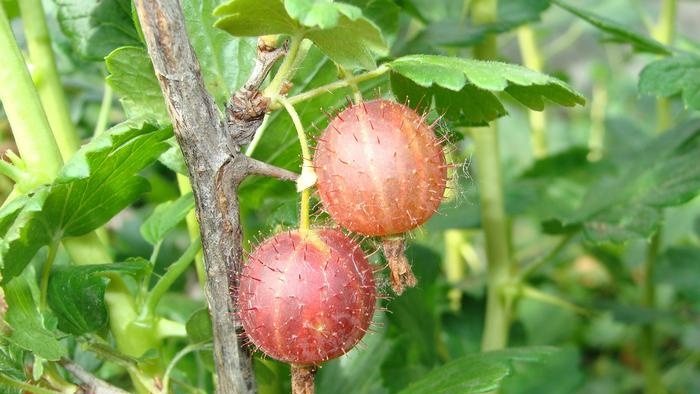 With an abundance of spider mites on the leaves
With an abundance of spider mites on the leaves 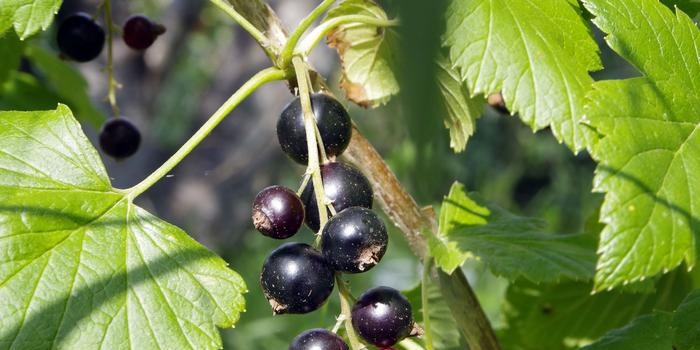 It is necessary to care for tomatoes throughout the season. Watering the hole, weeding, loosening and hilling, pinching, techniques that accelerate the ripening of fruits - all this must be done on time and prudently. Tomatoes are fed with a mullein solution prepared in a 1: 6 ratio. The first time - when the first fruit appears, the next - every 15-20 days in combination with watering.
It is necessary to care for tomatoes throughout the season. Watering the hole, weeding, loosening and hilling, pinching, techniques that accelerate the ripening of fruits - all this must be done on time and prudently. Tomatoes are fed with a mullein solution prepared in a 1: 6 ratio. The first time - when the first fruit appears, the next - every 15-20 days in combination with watering.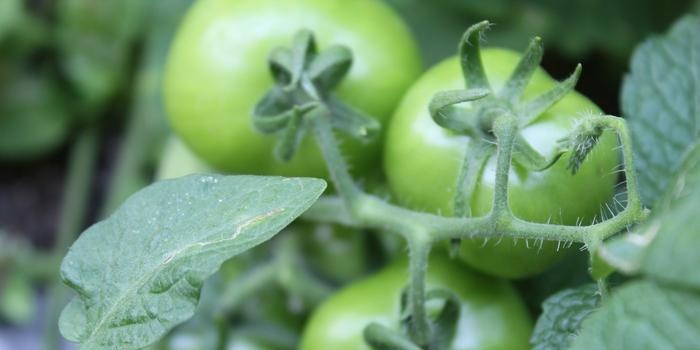 Tomato bushes need to be periodically freed from side shoots, called stepsons. Do not allow the outgrowth of stepchildren longer than 5 cm. Remove them with a sharpened knife, and do not cut off the shoots entirely. The left stump will not allow a new shoot to appear in the same place. It is necessary to use such an operation as pinching - removing the tops of fruiting shoots. The stems are pinched in August, primarily tall varieties. Cutting off brushes
Tomato bushes need to be periodically freed from side shoots, called stepsons. Do not allow the outgrowth of stepchildren longer than 5 cm. Remove them with a sharpened knife, and do not cut off the shoots entirely. The left stump will not allow a new shoot to appear in the same place. It is necessary to use such an operation as pinching - removing the tops of fruiting shoots. The stems are pinched in August, primarily tall varieties. Cutting off brushes 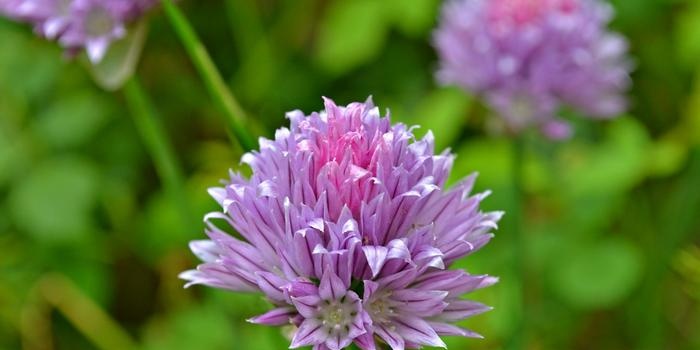 As for garlic, its keeping quality also depends on the degree of ripening of the bulbs. Loose bulbs - immature: easy to get sick when stored. Overripe garlic breaks down into cloves and is also susceptible to disease. In order for it to have good keeping quality, it is necessary to have at least three dense outer scales. This spicy vegetable is dried like an onion.
As for garlic, its keeping quality also depends on the degree of ripening of the bulbs. Loose bulbs - immature: easy to get sick when stored. Overripe garlic breaks down into cloves and is also susceptible to disease. In order for it to have good keeping quality, it is necessary to have at least three dense outer scales. This spicy vegetable is dried like an onion.